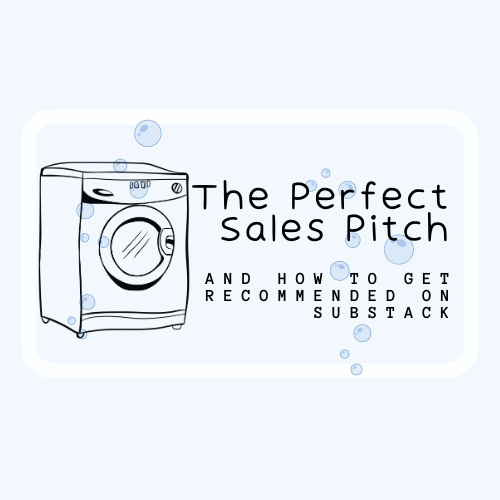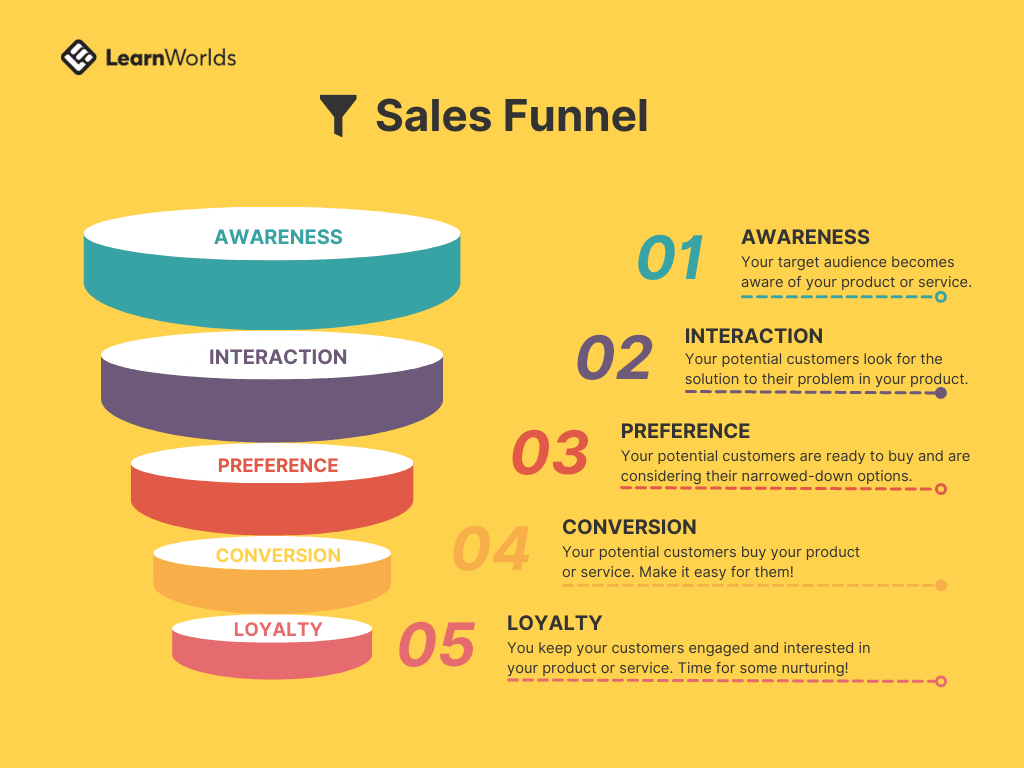The Perfect Sales Pitch (and how to get recommendations on Substack)
If you want more out of life, learn sales.
It was the 1980s and my grandmother wanted an automatic washing machine.
This one appliance could be a life changer for a woman who still had one son living with her and cared for a husband with a blue-collar job.
My grandad could afford it, too. He was the crane operator of the tallest crane in our harbour, one of the best-paid men among his peers.
The problem was, my grandad was… How do I put this nicely… economical.
The moment he returned home with his salary, he’d distribute it into several titled envelopes: food, bills, clothes, savings, etc. Every month, some of the envelopes were renamed: “shoes for the kids” would become “New Year's.”
Never did a single penny escape this unfaltering system.
In short, he wasn’t the type of guy who’d buy anything without budgeting for it first. Plus, he wasn’t the one doing the laundry. He’d still get the same result: washed clothes.
Slowly and methodically, grandma turned the lack of an automatic washer into my granddad's problem.
Over dinner:
Grandad: I thought you were making (fill in a complex Easter European dish) for dinner?
Grandma: I was, but then I remembered I had to wash linens today and it was just an all-day thing.
A few days later, over the weekend:
Grandad: Are we going out for a walk with (fill in family friends)?
Grandma: Oh, well, you go, honey, I have a laundry pile this big waiting for me.
You see, if grandma had started with the sales pitch, asking for the washer openly, everything else that led to the logical conclusion of purchasing it would’ve been met with an eye roll.
It would be annoying. It would be pushing or whining.
No. Grandma was smarter than this. She knew her audience, she knew the sales process.
One day, she casually mentioned that some neighbours had bought the coveted appliance and were very happy with it.
She closed the sale with grace (no fighting) within a month, which, considering the sizable expense and my grandad’s financial behaviour, was a fucking miracle.
As I watched my dad installing the washing machine and showing grandma how to use it, I knew, instinctively, I’d just witnessed something amazing. I just didn’t know exactly what it was.
I do now. I’d witnessed a perfectly executed sales pitch.
If you want more out of life, learn sales.
Sales is the foundation of everything, but since we’re here to talk business, let me put it this way: sales is the foundation of your business.
Before there was marketing, there was sales. In fact, at its core, marketing is sales at scale, which is what makes it difficult.
If you’re selling to one person, it’s easier to pay attention to their triggers. When you’re selling to many people, it’s much harder.
Over the past decades, marketers have worked tirelessly and used the internet to do precisely that: make marketing feel more personal. Sell 1–1. We went from:
Interruption marketing to permission marketing
Blatant advertising to storytelling
TV ads to surgical targeting on social media
If you learn how to sell to one person, it will be much easier for you to sell to bazillion people.
And the first step to learning sales is understanding that everything is a sale. Here’s what that means.
Sell now. Here’s what to sell.
You’ve probably heard about the sales funnel theory. Here’s how a sales funnel looks like:
A person sees our content (awareness), interacts with it (subscribe, comment, like, share, direct message), and then starts to look forward to what you have to say (preference).
Then your reader is ready to convert into a paying customer (conversion) and, if they’re happy, continue to spend money with you again and again (loyalty, which is especially important if you’re selling subscriptions).
Note: before you start on this journey, you will need to figure out your target market, but that’s a whole other newsletter just on that.
Now, here’s what most of you do:
At the awareness stage, we write whatever we want. We don’t care about selling because we’re not selling anything.
At the interaction stage, we have basic conversations. We don’t care about selling because we’re not selling anything.
At the preference stage, we notice someone becomes a fan. We start selling our paid stuff because we see potential. We don’t convert as many people as we want and have no idea why.
Here’s what I want you to do:
At the awareness stage, sell your ideas.
At the interaction stage, sell yourself and how you’re unique.
At the preference stage, sell your paid products or services.
When you learn to sell all the damn time without being annoying as hell, that’s when you’ll be successful at your business.
Examples:
Your headline is a sale.
Your first few sentences are a sale.
Your last paragraph is a sale.
Your video thumbnail is a sale.
Your posts and even your comments are a sale.
Here’s how to sell at every stage without being annoying.
How to sell your ideas?
The most important question here is why this idea matters. If you’re going to add to the conversation online, which is loud enough as it is, you must know why.
Will it help us achieve our results (faster)? How do you know?
Will it make us feel better? How do you know?
Will it help us support a greater purpose? Which one & why is it important?
Will it entertain us?
Every word you write should be brimming with “why”. Your idea should be 30%-40% of your writing; everything else is a why.
Unless you’re trying to entertain us, in which case the why should be obvious — that’s why creative writers have to work much more on their craft.
How to sell yourself?
Selling yourself is about credibility. It’s not about the idea but about why you’re the best person to learn from/read.
Putting pressure on the credibility factor too soon makes you annoying. Credibility will still sell — it’s the most powerful tool in sales — but if you want to build connections that go beyond financial transactions, only credibility won’t do it.
Credibility should be 10–20% of your interaction stage messaging: short but powerful. I always tell solopreneurs to make a list of things they’re proud of and choose the top 3 most influential facts. Then, in every interaction, if you don’t have anything specific to say, use one of these 3 to explain why this interaction is valuable for your readers.
How to sell your products/services?
Selling your products or services is all about the how.
How will this help your buyers, exactly?
How fast will it work?
How does it work, step by step?
How will you make sure they get the value you promise?
How will you protect their interests if they’re not happy?
The actual moment of the sale includes a bit of everything, of course, but what’s new and what people really expect to see at that stage is the how.
And since you all want to grow your Substacks…
Readers aren’t the only buyers of your publication: if you can sell it to other writers who can recommend you, the game will change dramatically.
The recommendations feature is the best way to grow your Substack. Kristina God says about 50% of her 8000 subscribers come from recommendations. For me, it’s 40%. I’m super proud and grateful to be recommended by 103 publications, including some of my favourite creators.
But the way to get recommended is NOT to send random messages to people in your field.
Be a smarter grandmother. Nay, be a smarter solopreneur.
Here’s my strategy for getting new recommendations on Substack.
Choosing the right Substacks to target for recommendations (size).
Lots of people make the mistake of choosing BIG Substacks to recommend them. In reality, you need Substacks that…






